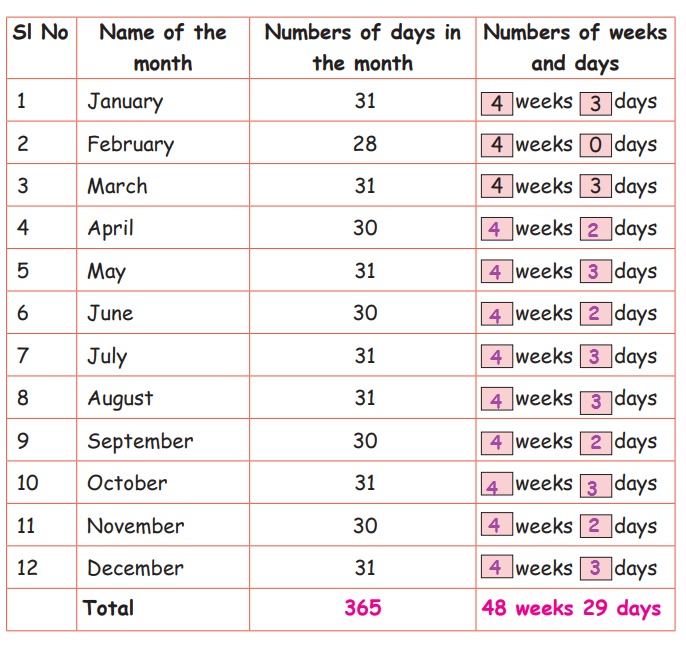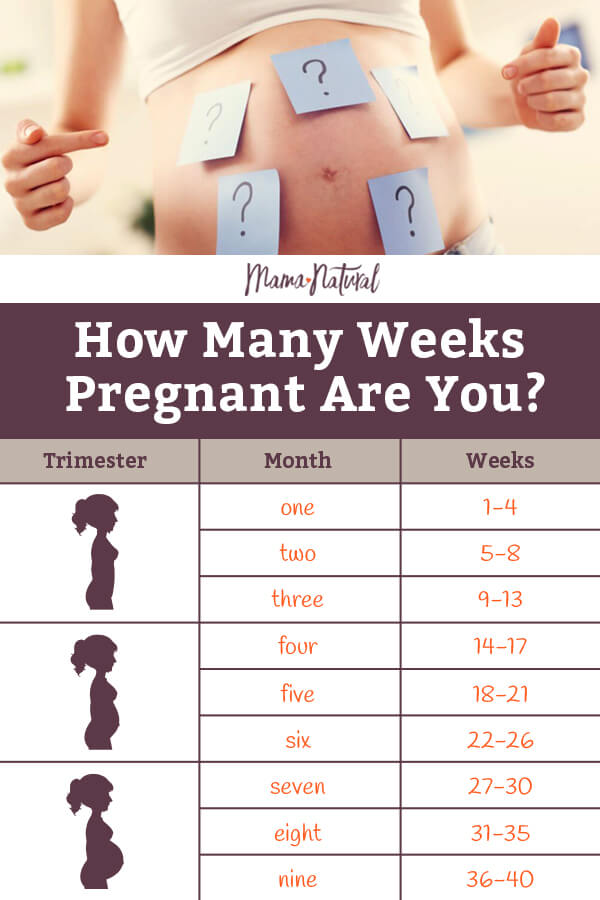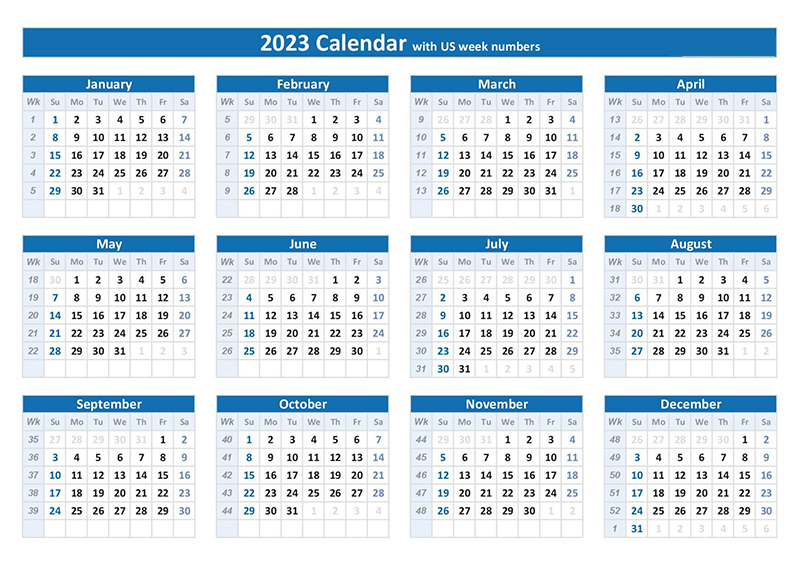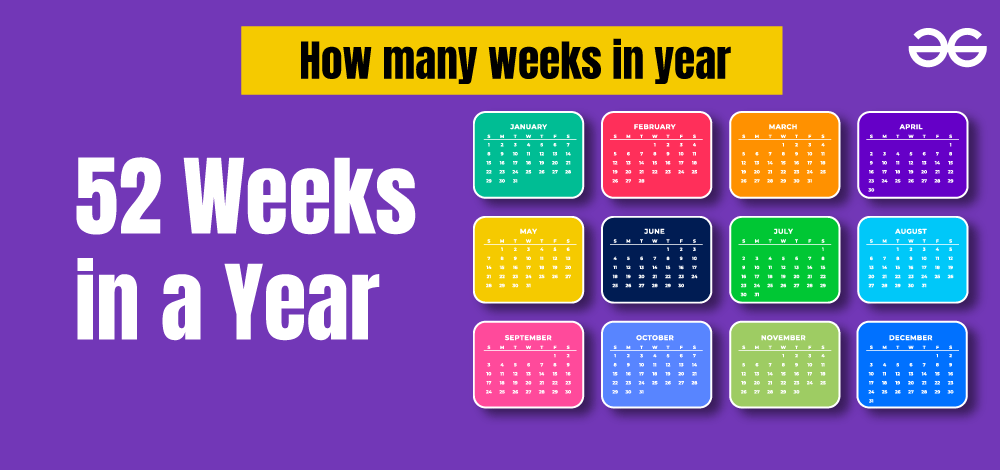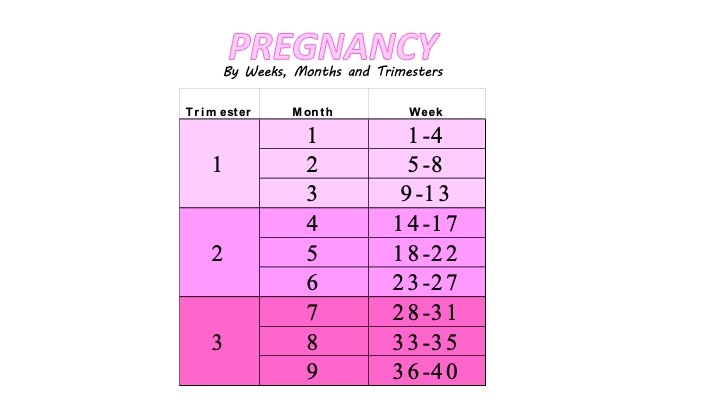How Many Years Is 130 Weeks

The aroma of freshly brewed coffee hung in the air, mixing with the quiet murmur of voices discussing everything from weekend plans to the latest office gossip. Sunlight streamed through the window, illuminating dust motes dancing in the air, as Sarah leaned back in her chair, a thoughtful expression on her face. "So," she mused aloud, tapping a pen against her notepad, "130 weeks... how many years is that, exactly?"
At its core, converting weeks to years is a simple mathematical exercise, yet understanding this conversion is crucial in various contexts, from project management to personal planning. This article will provide a straightforward answer to the question of how many years are in 130 weeks, explore the underlying math, and discuss the broader implications of such conversions in everyday life.
The Simple Math: Weeks to Years
The fundamental calculation hinges on the number of weeks in a year. While we often think of a year as 365 days, for the purposes of converting weeks, we rely on the fact that there are 52 weeks in a year.
Therefore, to convert 130 weeks into years, we divide 130 by 52. The result is 2.5 years. So, 130 weeks is equivalent to two and a half years.
Why Does This Conversion Matter?
Understanding the relationship between weeks and years is surprisingly relevant in a multitude of situations. From project timelines to understanding the duration of a loan, this simple conversion plays a vital role. Let’s delve into some specific examples.
Project Management
In the world of project management, timelines are often broken down into weeks. This allows for granular tracking of progress and efficient resource allocation. If a project is estimated to take 130 weeks, knowing that this translates to 2.5 years provides a valuable long-term perspective.
This knowledge helps stakeholders understand the overall commitment required and allows for more informed decision-making. It enables managers to effectively plan for long-term resource needs and potential challenges.
Financial Planning
Financial products, such as loans and investments, often have terms expressed in months or years. However, sometimes you might encounter durations described in weeks, particularly for shorter-term financial instruments. Understanding the conversion from weeks to years is therefore useful.
For instance, if you're considering a short-term loan with a repayment period of 130 weeks, realizing that this equals 2.5 years helps you assess the overall cost and commitment more accurately. This understanding allows for better comparison with other financial products.
Personal Planning
Beyond the professional realm, knowing how to convert weeks to years can be beneficial in personal planning. Consider, for example, planning for parental leave or sabbatical.
If you're considering taking a 130-week sabbatical, you know that it represents a significant 2.5-year period. This awareness can influence your decision and help you prepare accordingly.
Accounting for Variations
While the approximation of 52 weeks in a year is generally sufficient, it's important to remember that a year actually consists of 365.25 days (accounting for leap years). This means that a more precise calculation would yield a slightly different result.
However, for most practical purposes, the difference is negligible. The 52-week approximation provides a convenient and reasonably accurate conversion. If extreme precision is required, one can always resort to calculating the exact number of days involved and then converting to years.
Real-World Examples and Applications
Consider a clinical trial for a new drug. The trial protocol might specify a follow-up period of 130 weeks to assess the long-term effects of the medication. Translating this to 2.5 years provides researchers and patients with a clearer sense of the trial's duration. This improved understanding is critical for patient compliance and accurate data collection.
Another instance is in the construction industry. A large-scale infrastructure project might be scheduled for completion in 130 weeks. Knowing that this equates to 2.5 years allows project managers to communicate the project's timeline effectively to stakeholders, including investors, government agencies, and the public.
The Significance of Time Perception
Beyond the purely mathematical calculation, converting weeks to years can also impact our perception of time. Weeks often feel like short, manageable units, while years represent more significant milestones. Shifting from one to the other can alter our understanding of the scale of an undertaking.
Seeing a 130-week project as a 2.5 year project, for instance, prompts a different kind of thinking. It forces us to consider long-term implications, potential challenges, and the overall impact of the project.
Looking Ahead
The ability to convert weeks to years, although seemingly simple, is a valuable skill that enhances our understanding of time in various contexts. As project management tools and financial models become more sophisticated, this fundamental conversion remains relevant.
It's a reminder that even basic mathematical skills can empower us to make more informed decisions and better navigate the complexities of modern life. Whether it's planning a vacation, managing a project, or understanding a financial commitment, the ability to translate between weeks and years is a valuable asset.
Back in the office, Sarah smiled, the question now resolved. "Two and a half years," she murmured, jotting down the answer. The sunlight shifted, casting a warm glow on her desk, as she turned her attention to the next item on her agenda, now armed with a clearer understanding of the time involved.
